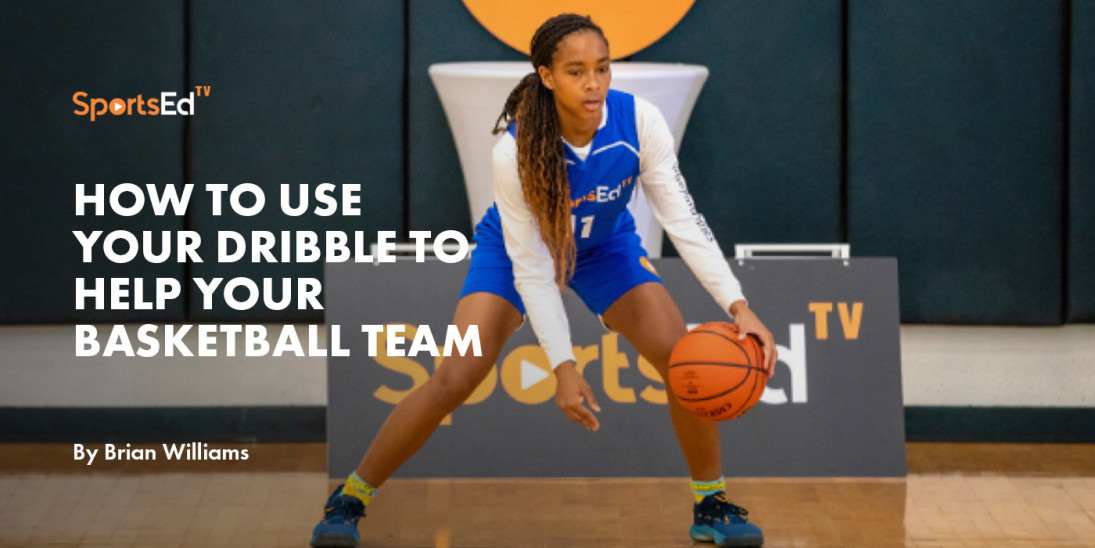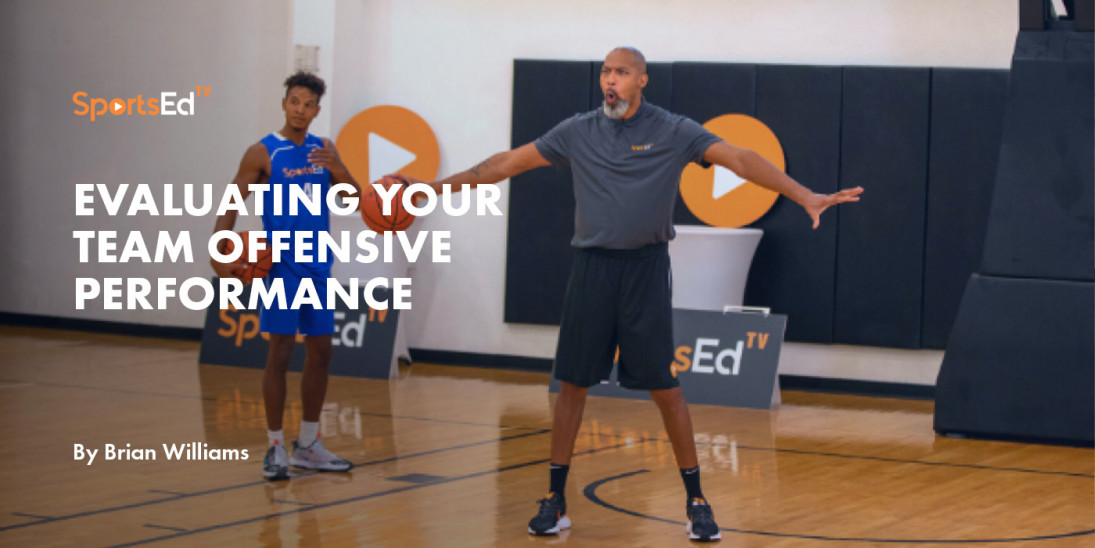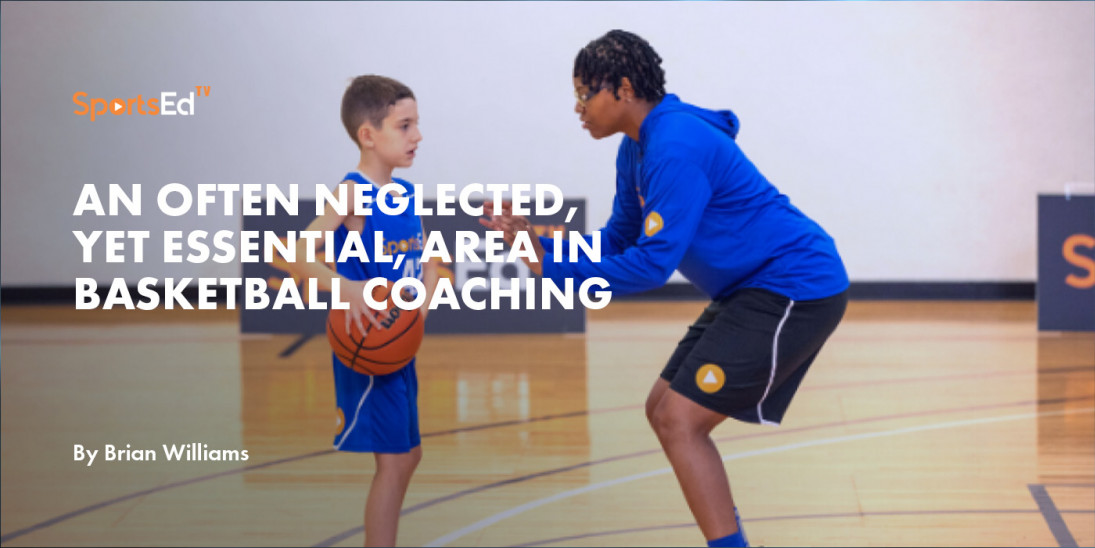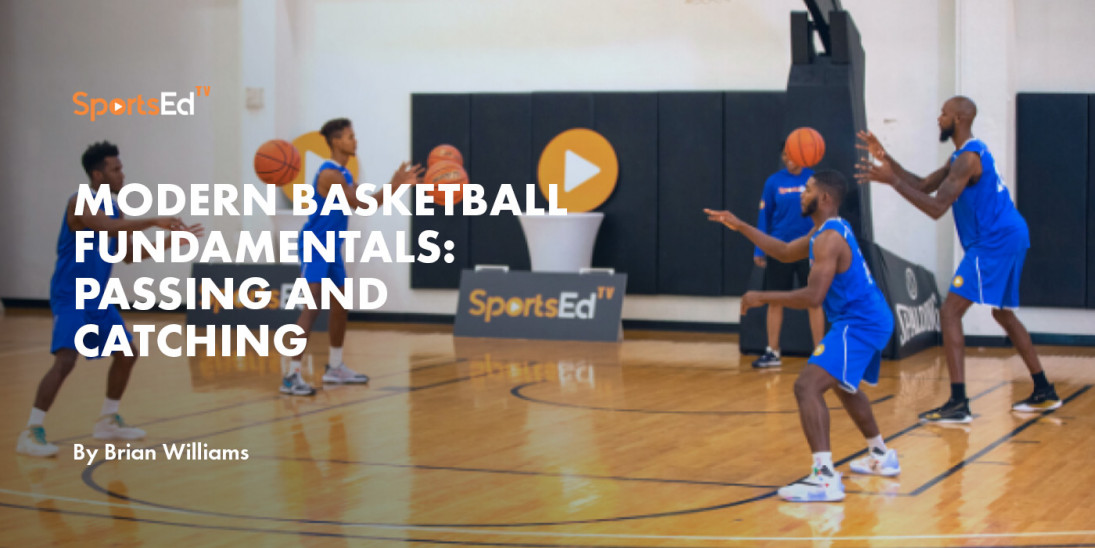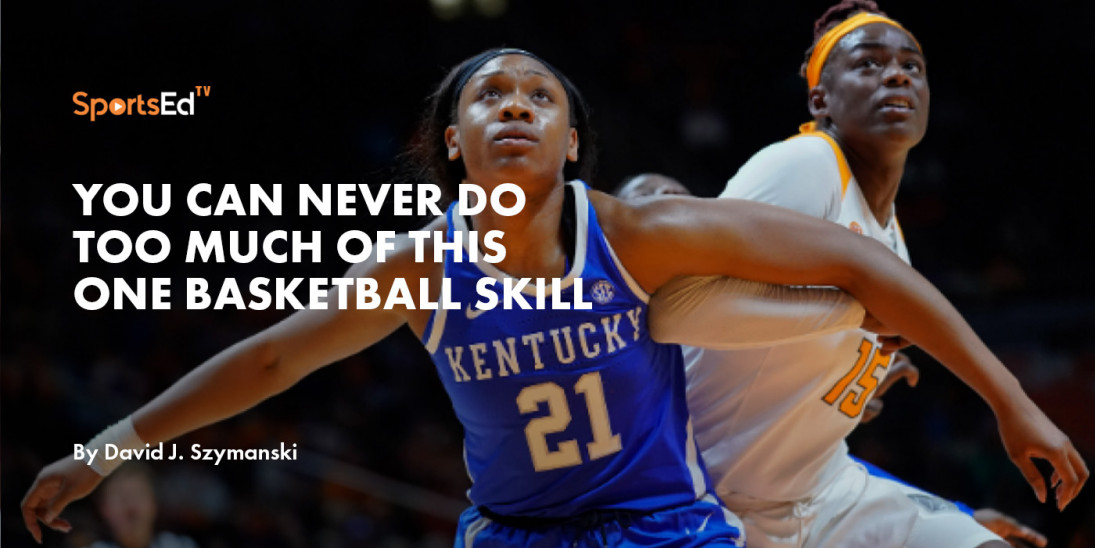Basketball
Welcome and thanks for visiting...

The Ultimate Basketball Workout for Serious Players
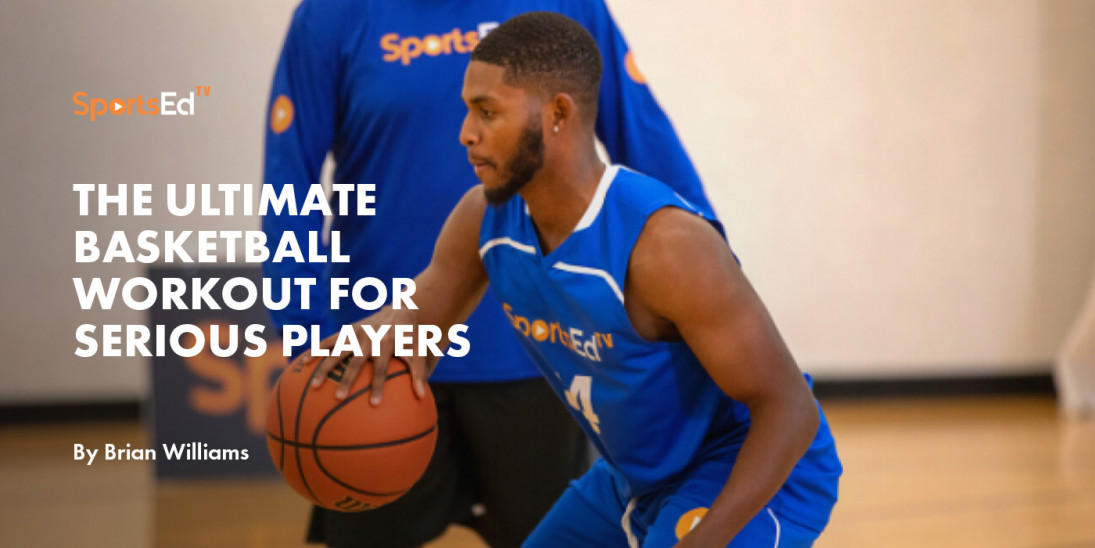
Authored by Brian Williams, Founder of The Coaching Toolbox
Even though you have read about and have seen videos of many basketball workouts online, I GUARANTEE that you have not been exposed to any workout that is quite like this. Whether or not you agree that it is the BEST you have seen after you read it, I promise that you will agree that it is UNIQUE!!
If you are a basketball player, this competitive basketball workout is designed to be used for individual or small group shooting and ballhandling skill development practice from April through September. That is, the months outside the traditional school season. Those months are your IMPROVEMENT SEASON because you can just focus on the basketball skills that you want to improve and are not involved in school team practices or games.
If you are a basketball coach, you can adapt this system to the period in practice that you spend on skill development to motivate your players to work hard during that phase of practice.
With one player and one coach who are both working as hard as they can without taking any breaks during the workout, you will not be able to go for more than 45 minutes—and you don’t need to! If you are working with a group of 2 or 3 players, you might need to stretch that to 60 minutes. If you are a coach who is using it in practice, you will need between 3 and 5 practices to get all the way through it, depending on how many minutes you want to devote to it each practice and how many player you have on your squad.
It has been my experience that our players feel that an intense game pace workout with no breaks for 45 minutes has helped their skills more than spending an hour or two without really breaking a sweat. It’s not the time you put in, it’s what you put into the time!
The four agreements that players must make before starting their first workout are:
- They must focus 100% on the workout at hand, just like they would in a game. There is no stopping to talk if a friend stops by to visit, or if they hear a phone alert.
- They will move from one drill to the next, only stopping for the one and one free throw set in between drills. The idea is to make the workout TOUGHER on them than a game is. We want them to be fatigued by the time they do the last 2 toughness drills
- They get one 1 minute break for a drink from a water bottle
- Even though they are working at a game pace, they will execute all skills with their best effort on fundamentals and technique.
The score on each drill needs to be recorded. It can be on a piece of paper or a voice memo on a phone or a watch. Whatever is the quickest way to get the score and get back to work. Also, make sure that you are safe. If you are using paper to note scores, make sure that it is not on the floor of the workout area where the player could possibly slip and be injured.
If you are a coach using this for your program, set a standard for each drill for 5 different levels of players. The example below are the names of the levels for a high school program. You can modify the names to motivate your players and make it fit your level of coaching.
Level 1–Regional Championship Level
Level 2–Starting Five Level
Level 3–Regular Playing Rotation Level
Level 4–Junior Varsity Player
Level 5–Middle School Players
With 5 levels, you can have players of all levels doing purposeful work to improve and striving for goals that are not to high and not too low for their ability level. Your younger players can work at their own level and not get discouraged.
The player and the coach work together to determine what their level will be. If you are a basketball player working on this on your own without a coach, you have to push yourself or you will not improve and all of the time you put in will be wasted. This program is not to make yourself look good, it is designed to help you to become as good as you can be.
If you are a coach and you have graduates who want to work out, or you have a special player such as an All-State or All-American, you can create levels that fit their needs.
The workout will consist of doing 10 ballhandling and shooting drills and 10 one and one free throw sets after completing one drill and before moving on to the next. If the player misses the first free throw, they don’t get the second.
Each drill is scored. And, based on what level the player is working at, it is a win if they meet or exceed the score for that level. It is a loss if they don’t meet the standard. At the end of the 20 drills, the player will have a win/loss records, just like a team has at the end of the season.
The 20 drills for the workout will be broken down in the following categories. The number in () is the recommended number of drills for each category. But remember, this is your workout and you can make any changes to it that you want including how many drills you do in your workout!!
- Driving drills—I like driving better than dribbling. Driving has a purpose so score or to set up a teammate. To me, dribbling is aimlessly bouncing the basketball. (2 of these drills in every workout)
- Technique shooting drills. In these drills, there is no emphasis on speed. The focus is solely on the correct fundamentals. (2 per workout)
- Game Pace shooting drills (5 per workout)
- One Fatigue (aka GUT BUSTER) shooting drill. This drill should be at the end of the workout and is designed to drive the player harder than they actually have to work in a game to complete the drill successfully.
You will now need to make a list of drills that you will use in the workout. It is best to have a variety of drills so that the player(s) are having some variety in what they are doing.
Here is an example of one of our game pace drills and how it fits into the scoring system.
Drill name: Make as many shots as possible in 2 minutes without missing two shots in a row.
Procedure: Player spins the ball out to simulate catching a pass and shooting a minimum 15 foot shot. They can be all three point shots instead if that is your preference instead of mid range shots.
They have two minutes to complete the drill to ensure that they are working at a game pace. Players rebounds own shot (both makes and misses) and spin the ball to another area for another minimum 15 foot shot.
To score the drill, count how many shots are made in the 2 minutes. If the player misses 2 in a row, they have to start over with a new string of makes without missing 2 in a row.
Sample scoring:
Level 1–Regional Championship Level Player must make 15 shots without missing 2 in a row at any point. If he or she misses 2 in a row the drill is over and the “game” goes down as a loss on today’s schedule of 20 drills. We also call them 20 games and use the terms drills and games interchangeably.
Level 2–Starting five level player 12 makes without missing 2 in a row.
Level 3–In Regular Playing Level Rotation 10 made without missing 2 in a row.
Level 4–Junior Varsity 8
Level 5–Middle School 6
You will need to create a similar scoring system of the standards for each level for all of the drills that you will use in your competitive workout.
The player gets 1 chance at each drill. If she achieves the score for her level, she gets a win for that “game”. If she doesn’t achieve the score for her level, she gets a loss.
After the drill, the player has to make both end of the one and one to win that game. If they miss the firs, they don’t shoot the second and must then get started on the next drill.
We do 20 drills each workout to simulate a 20 game season.
After the 20th drill, the players start their “postseason.” As an example that you can modify for your state or level of competitions, in Indiana high school basketball, you have to win 7 postseason games to win the state championship.
For the “postseason” All players compete at the Championship level in this phase of their workout, regardless of what level they worked at in the first 20 drills.
Just like any postseason tournament, it is “one (loss) and done.” If the player does not achieve the score for the championship level, their workout for that day is over.
The way we incorporate free throws in this portion is by requiring players to “validate their win.” After they meet the standard to win a postseason game, they shoot one free throw. They make it, the win counts, they miss and the drill becomes a loss and the workout is over.
We allow the players to choose the drill that they want to do for each game as long as (as stated above) they choose two driving drills, two technique shooting drills, five game pace shooting drills, and one fatigue shooting drill.
So, the drill schedule would go something like this
- Technique shooting drill (We do these first because they involve less movement)
- One and one free throw set (An idea to challenge good players, make them make 3 free throws in a one and one and one format)
- A second technique shooting drill
- One and one free throw set
- Driving Drill
- One and one free throw set
- Driving Game
- One and one free throw set
- Game Pace Shooting Drill
- One and one free throw set
- Different Game Pace Shooting Game
- One and one free throw set
- Third game pace shooting drill (may repeat one of the two previous game pace games only if you lost that game–cannot repeat one that you won)
- One and one free throw set
- Fourth game pace shooting drill (may repeat one of the three previous game pace games only if you lost that game–cannot repeat one that you won)
- One and one free throw set
- Fifth game pace shooting drill (may repeat one of the three previous game pace games only if you lost that game–cannot repeat one that you won)
- One and one free throw set
- Fatigue (aka Toughness or Gut Buster) Shooting Game (At this point in the workout, you want to give your players your most intense basketball drill that they can handle without becoming discouraged.
- One and one free throw set
- Postseason–player chooses the drill. They cannot choose a drill that they already won (hey, we want to make this challenging so that the player improves), but can choose one they lost. All players must compete at the championship level in the postseason, regardless of what level they did their workout at.
One loss and the workout is over–just like the one and done postseason state tournament. If the player does win a drill, he must validate the win with a made free throw. If he misses the free throw, the drill is a loss and the workout is over.
If you win seven drills with seven validations and you are a state champ for that day! More importantly, they should be a better player!
--
Whether you are a player or a coach, I told you that this workout is unique if nothing else. But, it is more than that, it is a simple but organized structure to improve and to track your improvement. You will get better and you will be able to measure how much better you are.
Most importantly of all, it is a fun way to practice and have fun with the game that we all love. That is the greatest reward of all—the opportunity to play the game!

